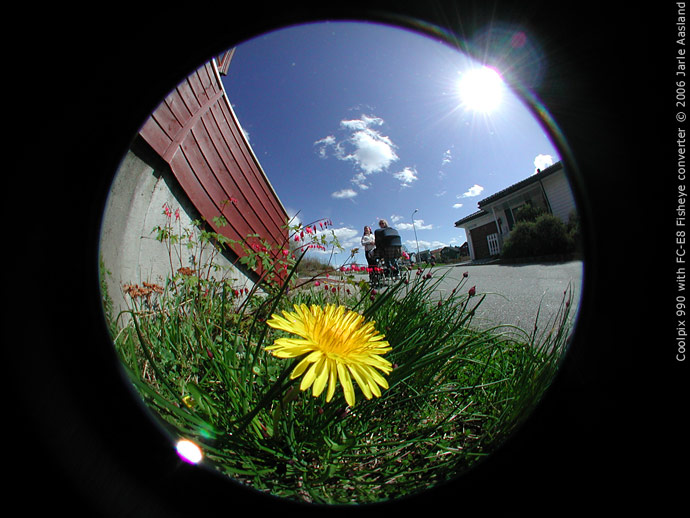
There are wide angle lenses, some so wide they are called fish-eye; there are telephoto lenses; there are zoom lenses and primes. Here's a quick definition for each:
- Wide-angle lenses have a wide angle of view and short focal lengths (35mm and shorter) -- think landscapes.
- Fish-eye lenses are for extreme wide angle shots (8 - 16mm). They often result in images that cover more than 180 degrees of view and, without adjustment in post processing, have a spherical feel about them.
- Telephoto lenses magnify the subject, bringing the photographer closer without disturbing the subject ( > 50mm focal lengths) -- think wildlife photography.
- Zoom lenses have the capability of changing the focal length via mechanical adjustment (e.g. 28 - 300mm) -- think of many lenses combined into one. The capability allows the photog to have great flexibility in how an image is composed. Over the years the quality of zoom lenses has improved to the point that fewer lenses are needed in the camera bag.
- Prime lenses are lenses with only one focal length. Because they have fixed focal lengths, prime lenses are the sharpest lenses available.
Note: Lenses used to shoot portraits are often in the 85mm to 120mm range -- facial features look good and the background bokeh, controlled with wide aperture settings, can be very nice.
[Back to the Main Site]